Over the last couple of years, we've seen a kind of protein powder arms race. Supplement brands have made large investments to improve the effectiveness of their proteins, usually with high-tech additives, structural protein modifications, or bolstered amino acid compositions.
Clear Protein Isolates – The Next Big Thing in Protein Shakes
In parallel, the other major protein growth sector is for clear proteins, specifically clear whey protein isolates. We mean clear in the most literal sense of the word – whereas ordinary whey is milky and has a cloudy appearance with chalky texture, clear whey is translucent, and much thinner when mixed with water.

Clear proteins have taken the supplement industry by storm, but what you're going to learn about today -- Arla Foods Ingredients' Lacprodan® BLG-100 -- takes them to a whole new level
This category brings excitement because it expands the palette of available flavors. With the thinner texture, fruity and sweet flavors, as well as creative coffee and tea flavors, simply taste more natural and convincing.
We recently covered Arla Foods Ingredients' Lacprodan® ISO.WaterShake, a premiere clear whey protein isolate ingredient that overcomes the shortcomings of other clear whey protein ingredients. It has no astringency and no longer feels dehydrating on the tongue like its competitors, allowing for sweeter, milder, and more enjoyable flavors.
But what if the taste and amino acid profile can become even more beneficial for those looking to build or maintain lean muscle?
Lacprodan® BLG-100 – An Even Better Clear Protein
Arla Foods Ingredients, a subsidiary of Arla Foods - the largest dairy producer in Scandinavia, has done it again. This time with Lacprodan® BLG-100, a beta-lactoglobulin ingredient that brings whey's primary protein to the forefront - and it notably features a higher leucine content.
BLG-100 is another clear entry in the Lacprodan® line, taking protein efficacy a step further than ISO.WaterShake. It was originally introduced to our followers in Episode #108 of the PricePlow Podcast with Arla Foods Ingredients, the sponsor of this article, but today we'll dive deeper into its science.
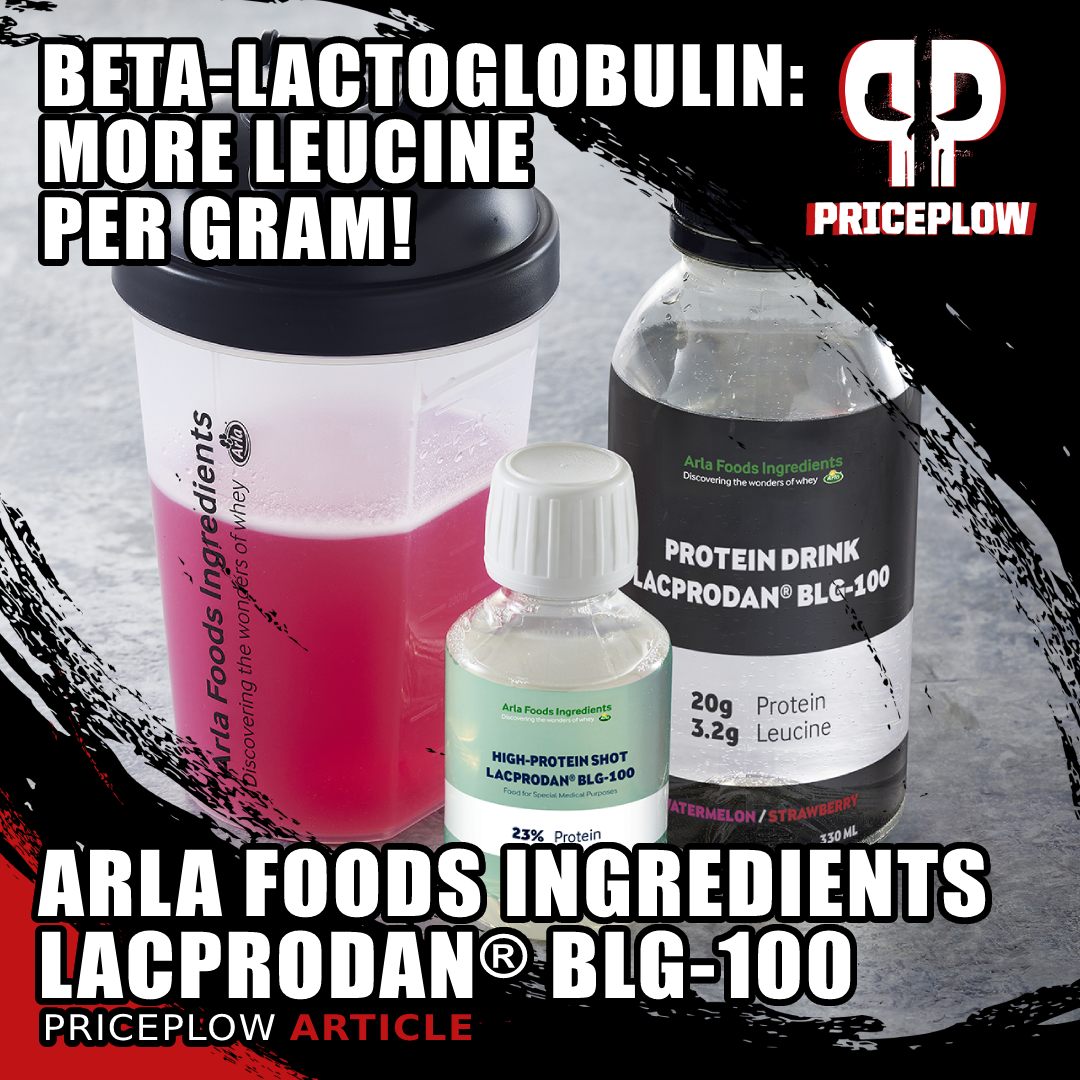
Arla Foods Ingredients Lacprodan® BLG-100 is a pure beta-lactoglobulin protein powder that takes clear proteins to the next level with a higher ratio of leucine than whey protein isolate!
Like Lacprodan® ISO.WaterShake, BLG-100 is also a powder that offers formulators clear protein without the unpleasant aftertaste and texture discussed above. But it turns out this beta-lactoglobulin ingredient is actually easier to flavor, and provides even more benefits, especially for active nutrition applications!
Here are some properties that make it attractive as a protein shake or RTD ingredient:
- Great taste
- Fat-free
- Lactose-free
- No bitterness
- Clarity in solution
- Temperature flexibility (for RTD applications)
- pH flexibility (for RTD applications)
The science of beta-lactoglobulin is detailed below with some additional videos included, but first, sign up for our Lacprodan® BLG-100 news alerts so that you get notified with news or products featuring the ingredient:
Subscribe to PricePlow's Newsletter and Alerts on These Topics
The Science Behind Beta-Lactoglobulin
To start, beta-lactoglobulin is the most major part of the whey protein fraction.[1,2] But first, let's explore protein structures in general before diving directly into BLG's specifics:
Understanding Proteins
BLG is the primary protein in whey that consists of amino acids that are linked together in a specific order. To first understand how different proteins are structured, see this clip from the Episode #108 of the PricePlow Podcast:
This means that BLG is a complex of specific amino acids linked together in one structural peptide chain - 162 amino acids, specifically.[3]
So what does research have to say about BLG, particularly as it compares to whey? Besides the improvements in taste, texture, and color that Arla Foods Ingredients brings with Lacprodan® BLG-100 over other whey protein powders, can we expect any additional health benefits?
BLG is Whey – The Better Part, Anyway
It's tempting to call beta-lactoglobulin a better whey, but it's actually a derivative of whey, making up roughly 60% of the whey protein fraction by weight.[1,2] But, as we'll see, it's a primary reason why dairy from cow's milk is so powerful and scientifically-backed.
Up to 45% more leucine than whey protein
Let's start with the big one – BLG contains a lot more leucine by weight than whey. Of all BLG's benefits, this will probably be the most interesting for many readers since people typically use whey as an aid in muscle building, and leucine is the amino acid with the biggest impact on the anabolic response.[4-9]
The amount of leucine in traditional whey protein depends on numerous factors. Some research shows it has 8.6% leucine content,[10] while the research above found 11.7%.[1] Regardless, this is nowhere near the 16.1% leucine content found in beta-lactoglobulin, meaning it has up to 46% more leucine by weight, depending on the quality of whey you compare it to. That's with about the same number of calories per serving, too!
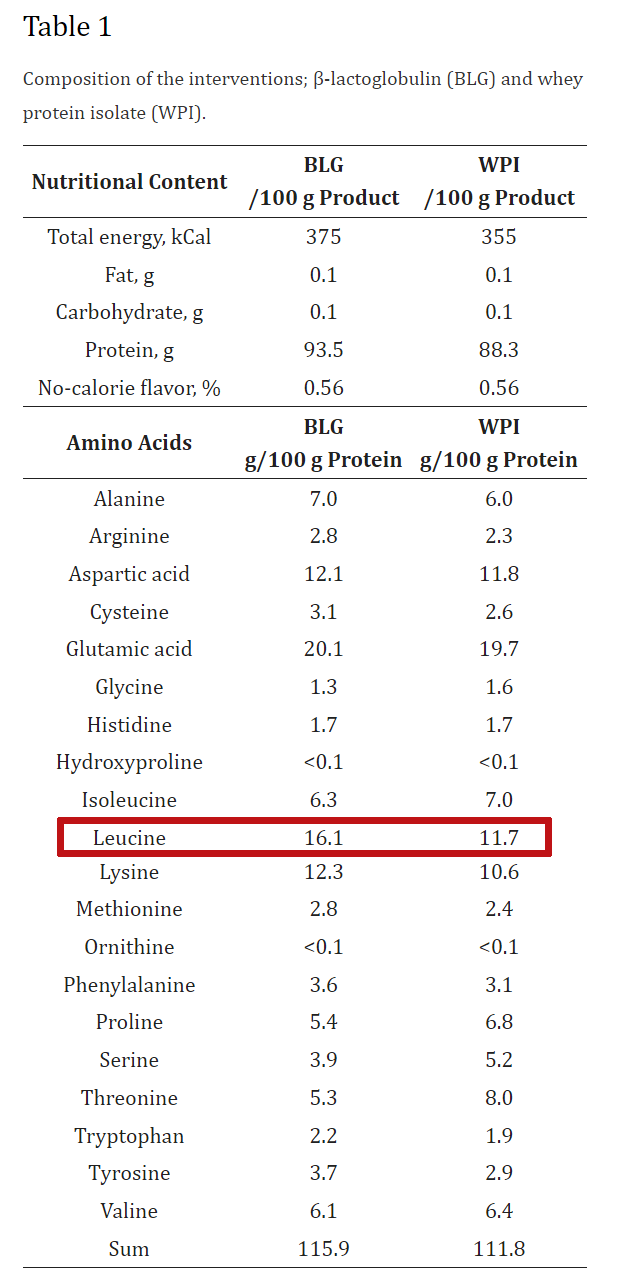
Beta-Lactoglobulin (BLG) contains about 37% more leucine by weight, a desirable characteristic for anyone who wants to maximize their body's anabolic response to exercise.[1]
Studies show that leucine can substantially increase the body's rate of muscle protein synthesis[7-9] by upregulating an enzyme called mammalian target of rapamycin (mTOR).[4-6] Leucine can also help prevent the breakdown of muscle,[7] which is why many weightlifters take leucine-containing branched-chain amino acid (BCAA) supplements before a workout.
The amount of leucine required to preserve hard-won muscle tissue increases with age.[11] So, BLG might just be the supplemental protein of choice for anyone who's getting up in years.
3 grams of leucine in a 20 gram BLG-100 serving: better MPS at lower doses!
More leucine is great for athletic goals, but there's a practical reason why Lacprodan® BLG-100 is superior for sports applications: the amount you get in a typical dose. The standard protein supplement serving size is usually between 20 and 25 grams of protein, with that number trending towards 20 in beverage applications.
- A cheaper whey protein providing 25 grams of protein would yield ~2.15 grams of leucine.
- However, 20 grams of protein from Lacprodan® BLG-100 yields 3.22 grams of leucine!
Why does this matter? Because it surpasses the 3 gram leucine threshold. Research has shown that roughly 3 grams of leucine is needed to achieve maximal muscle protein synthesis (MPS) stimulation.[12-15] Additionally, combining a low ("suboptimal") dose of whey with 3 grams of leucine stimulates MPS as much as a 25 gram dose of whey.[16]
No matter which way we turn or how we combine the protein, 3 grams of leucine is consistently the goal threshold to attain -- and that's what a single 20 gram serving of Lacprodan® BLG-100 from Arla Foods Ingredients provides.
This research and more are covered in the narrative review titled "A focus on leucine in the nutritional regulation of human skeletal muscle metabolism in ageing, exercise and unloading states" that was published in Clinical Nutrition in August of 2023.[12]
Leucine in context: average daily intake
But even if we're not talking about athletics, we can still put the difference in leucine content into a standard Westerner's perspective. The average daily leucine intake in the United States is only around 8 grams per day.[17] Recall, most protein powders provide 20-25 grams of protein.
Applying the math, switching a serving of ordinary whey to BLG will provide 1 gram more leucine, boosting leucine intake by over 10% - a significant increase. That's simply from using a more suitable, higher leucine form of protein, not even requiring increased quantity. This can play a very big difference in the standard American's diet.
Can we get too much leucine?
It's worth mentioning that in theory, you can get too much leucine, but practically speaking? Not really. There's currently no official upper limit on leucine intake, but proposed limits range from 35 grams to 45 grams per day,[18,19] a range that's almost impossible to get from food or supplements. In other words, there's no reason why a healthy adult should worry about getting extra leucine after switching to BLG from whey.
Bigger hormonal response
Ever since the low-carb craze went mainstream during the 2010s, insulin and glucose have become scary words for many people. Of course, for the sake of health and longevity, we do want to keep insulin and glucose levels to appropriate levels – most of the time.
When it comes to building muscle, however, a strong blood sugar response to protein can actually help, thanks to its impact on blood flow and amino acid delivery to muscle cells.[20]
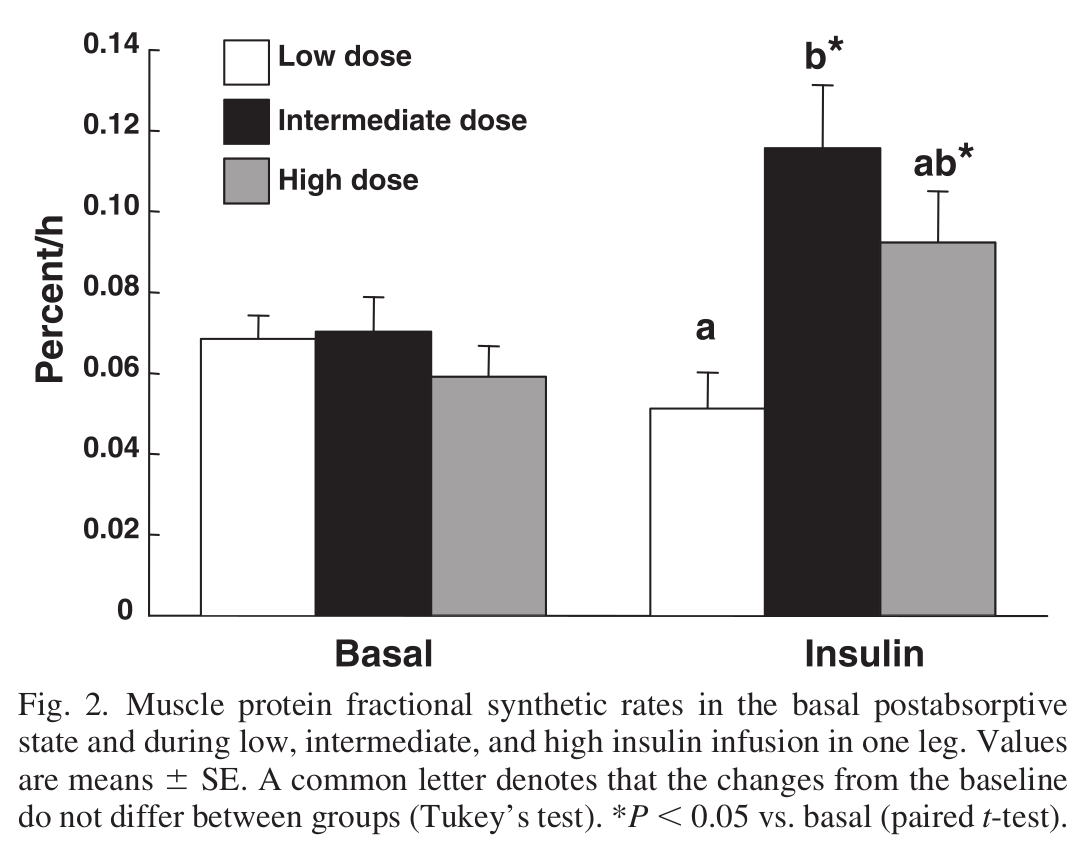
Contrary to popular belief, a big insulin spike can have health benefits! In a 2006 study, subjects who received an insulin infusion had a higher rate of muscle protein synthesis than the control group.[20]
Whey, and its major constituent leucine, are known for being highly insulinogenic,[21,22] which is one of the things that makes whey such an excellent choice for post-workout protein supplementation.
But – once again – BLG seems to be an even better choice for strategically spiking insulin levels.
A randomized, double-blind, placebo-controlled study in humans with type-2 diabetes found that 25 grams of BLG has a greater insulinogenic effect than an equivalent dose of whey.[1] The authors of the study name leucine as a specific bioactive constituent that's responsible for much of this effect.
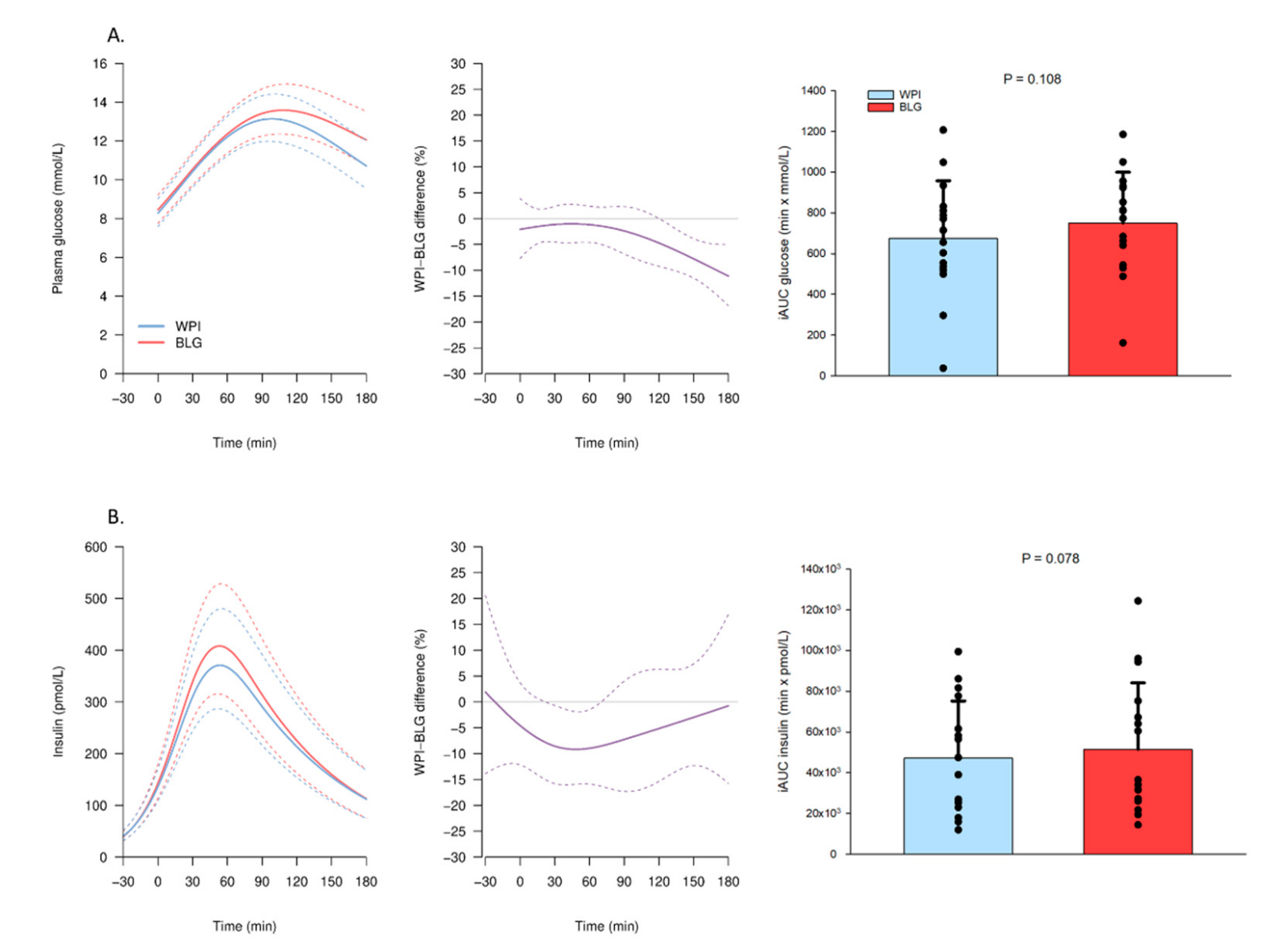
Beta-Lactoglobulin supplementation increased blood insulin and glucose levels more effectively than whey in humans with type-2 diabetes, which in the context of building muscle is a good thing.[1]
Taking whey protein before or with a meal has been shown to reduce postprandial blood glucose and insulin levels -- at least in participants with type-2 diabetes[1] -- and if this is your goal, then whey is probably a better choice in those circumstances. But if your goal is to build muscle and maximize the anabolic response to exercise, BLG is the way to go.
OK, so a post-workout insulin spike can be a good thing. What about glucose?
Research shows that intense exercise – the kind that builds lots of muscle – consumes stored glycogen, which must be replenished post-workout for optimal recovery. In fact, the amount of glycogen contained by your muscles during the first hour after exercise is a big factor in how quickly and effectively you'll recover.[23]
So BLG's glycemic properties may be beneficial for building muscle, too.
Special Applications For Lacprodan® BLG-100
With so many nuanced, yet significant, differences between Lacprodan® BLG-100 and ordinary whey, we might ask: What new applications, if any, are made possible by the existence of Lacprodan® BLG-100? We can think of a few:
- Muscle: BLG's greater leucine content makes it an attractive choice for formulating high-protein drinks for athletes and for older adults and those at risk of malnutrition or inadequate protein intake. Get the most out of what you can get in.
- Taste: Protein shakes with a juicy flavor and texture – making it more convenient and enjoyable for people of all ages to consume adequate protein. The days of astringent protein shakes and RTDs are over. As with Lacprodan® ISO.WaterShake, there are some very creative flavor possibilities as well.
- Concentration: Arla Foods Ingredients has proven that they can fit 20 grams of Lacprodan® BLG-100 (with its 3+ grams of leucine) into a protein shot form factor, while keeping incredible taste and texture profile. This opens an entire new avenue of protein drinks that weren't feasible with previous technologies.
- Medical Applications: Lacprodan® BLG-100 could be a great protein source for patients suffering from chronic kidney disease (CKD) since it's naturally low in phosphorus.
Read more about Lacprodan® BLG's potential applications at ArlaFoodsIngredients.com.
You can also watch a breakdown of Arla Foods Ingredients' proteins in the video we recorded with their team at SupplySide West 2023, embedded up to the right.
Conclusion: Lacprodan® BLG-100 is the Next Frontier in Athletic Proteins
We've seen many recent attempts to improve the effectiveness of whey protein concentrates and isolates, yet most of these approaches involve combining whey with some type of adjunct that can improve its bioavailability or synergize with its mechanisms.
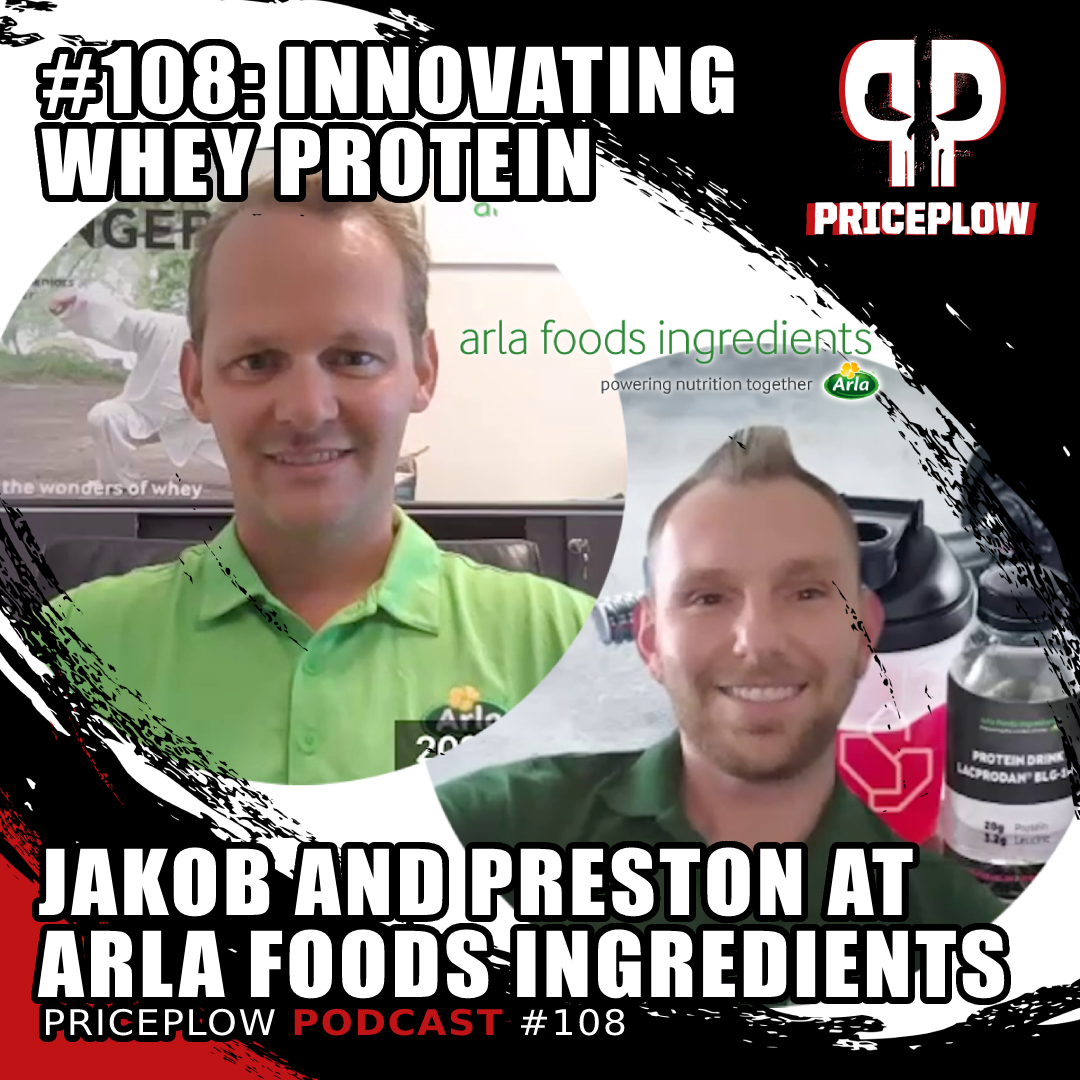
Jakob Pedersen and Preston Losee of Arla Foods Ingredients join PricePlow Podcast Episode #108 to discuss innovations in Whey Protein, including Lacprodan ISO.WaterShake (a better-tasting clear whey isolate) and Beta-Lactoglobulin
It's much rarer to see a company try to reinvent protein isolation itself. It's a daunting task, especially with the singular name recognition that whey protein has achieved in the past few decades of serving as the supplement industry's mainstay protein ingredient.
This is serious science powered by modern technology, and only a major food ingredients supplier like Arla Foods Ingredients that sinks a lot of resources into research and development could make it happen.
However, the big winner in the protein market this decade will probably be the first company to pull off a compelling RTD to take on the astringent ones seen for years in the gym's refrigerators. When it comes to sports applications, Arla Foods Ingredients' Lacprodan® BLG-100 is the foundation to build the next generation of clear proteins upon.

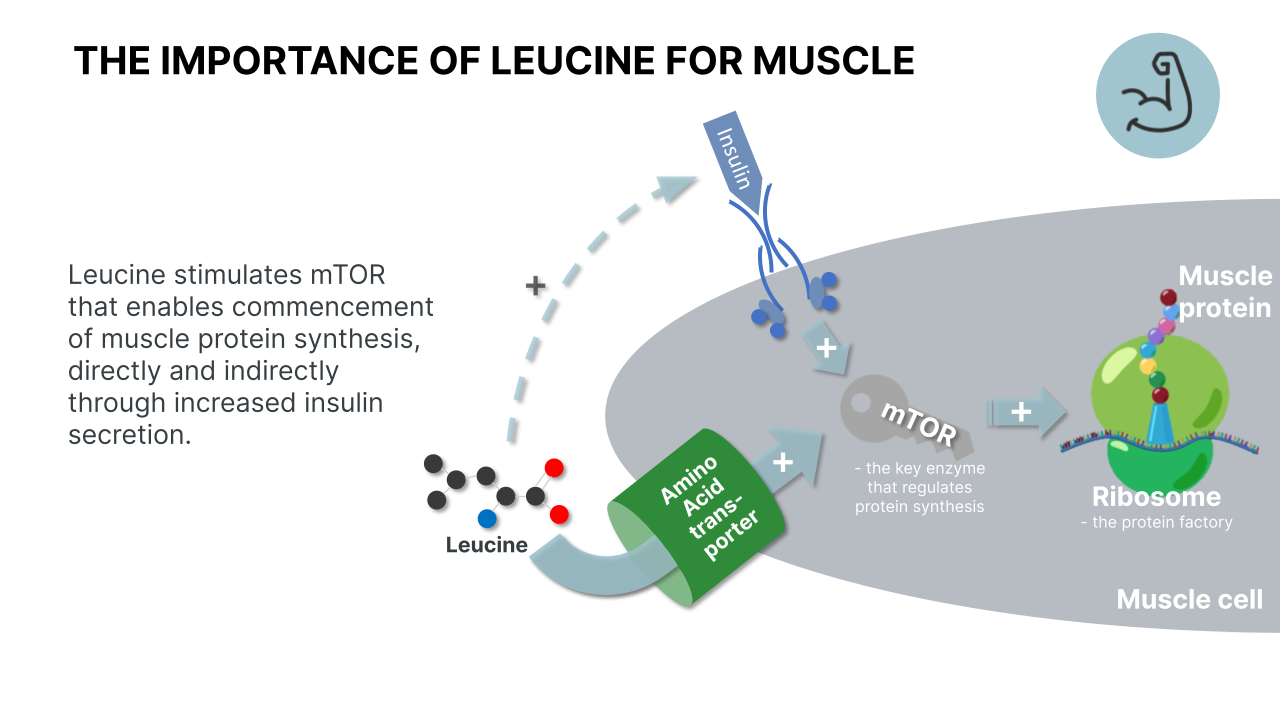
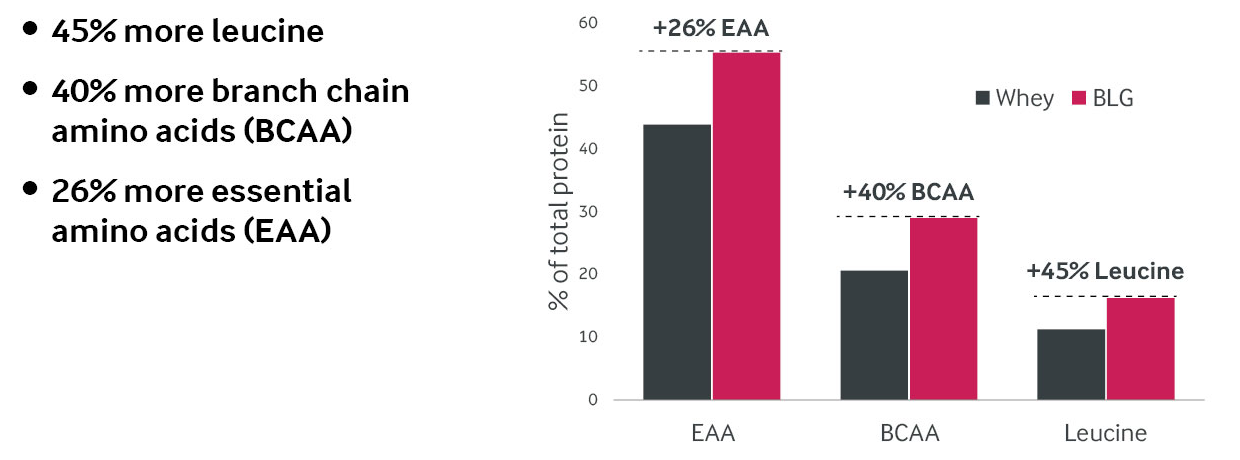
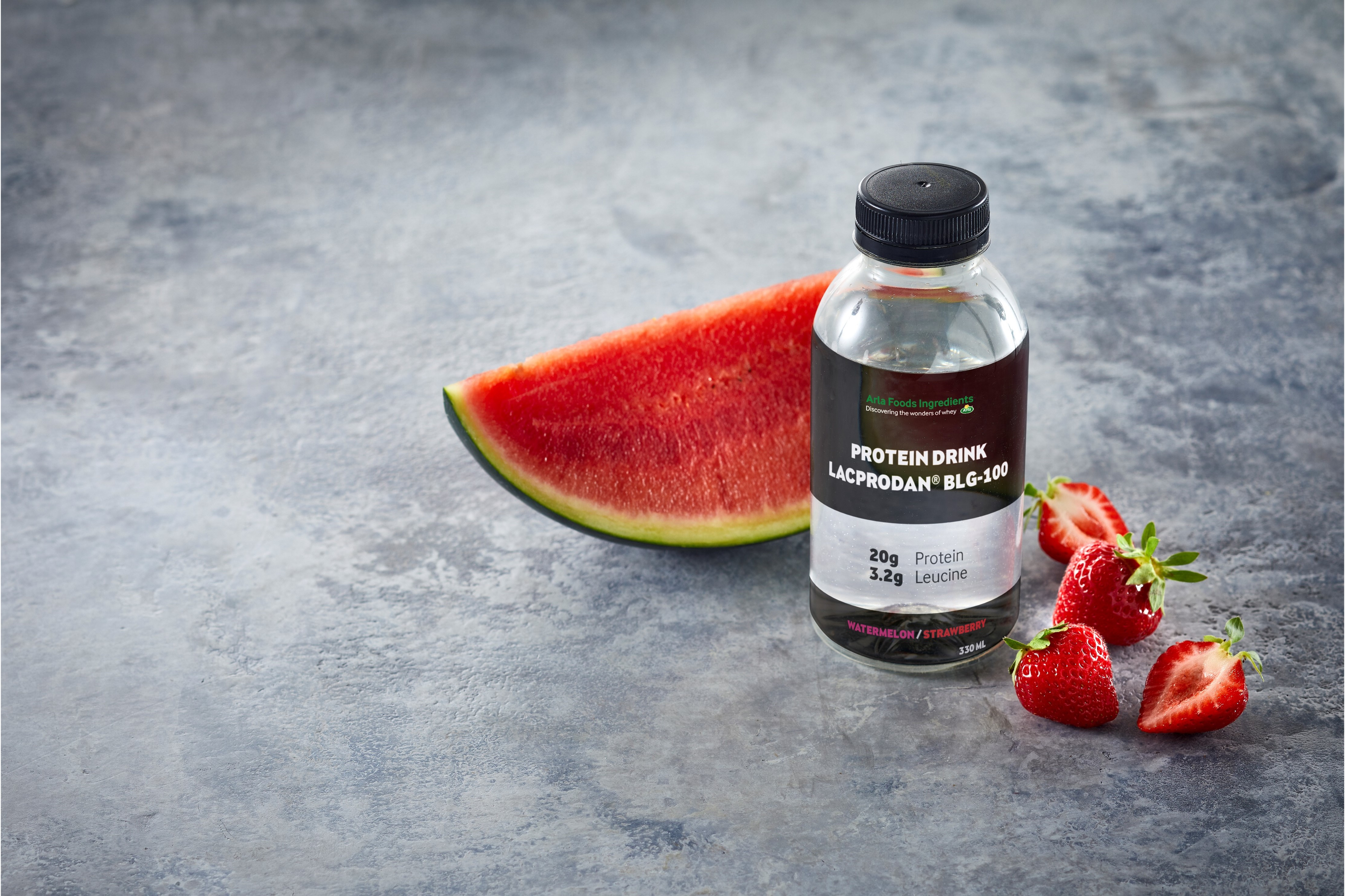


Comments and Discussion (Powered by the PricePlow Forum)